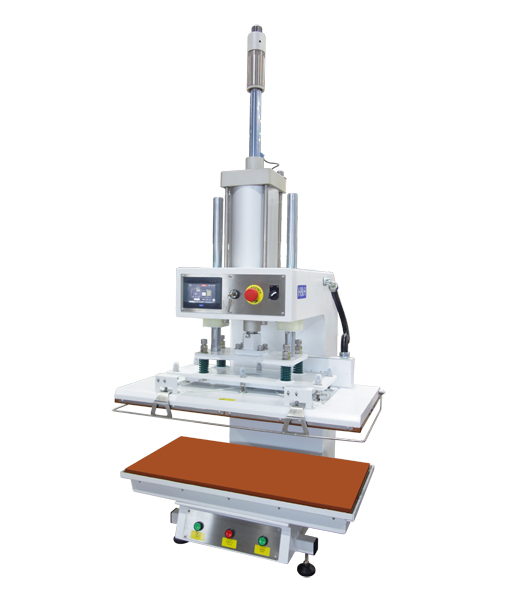What is the reason for the blistering of the hot press platen after cooling
The temperature is not enough, or there is a problem with pressure or glue, or the wood may be wet.

There are certain standards and requirements for the moisture content of the medium plate. The moisture content of the medium plate exceeds the process standard, which is the main reason for the blistering of the pressing plate. The moisture content of Eucalyptus medium board is required to be controlled at 8-12%. If it reaches more than 15%, it is easy to produce foam board without taking relevant measures for hot pressing. Therefore, before hot pressing, the moisture content of the middle plate must be controlled to strictly meet the specification requirements.
The hot press platen temperature is also prone to foaming. The higher the temperature is, the easier it is to bubble. However, the plywood bonding strength and the curing of glue liquid require it to reach a certain temperature, so it is very contradictory. Therefore, the temperature must be well controlled. Generally, the control between 105 ℃ - 120 ℃ can achieve the effect of double harvest. In addition, due to manufacturing reasons, it is difficult to keep the temperature of the upper, middle and lower platens consistent, and there is a certain temperature difference. Therefore, in the process of operation, it is necessary to timely check and adjust the steam inlet and drainage of the hot press to make it meet the standard.
Because the medium plate contains a certain amount of water, plus the water in the glue solution, there is still a large amount of water in the slab, which is not easy to discharge during the hot pressing process. In this way, with the increase of slab temperature, water vapor will form in the slab and cannot be discharged. Once the pressure is quickly relieved, the water vapor will break through the adhesive layer and be released due to the sudden drop of external pressure, resulting in bubble plate. Therefore, during pressure relief, attention must be paid to the control of its speed. It is best to unload it manually and slowly to avoid the generation of bubble plate.